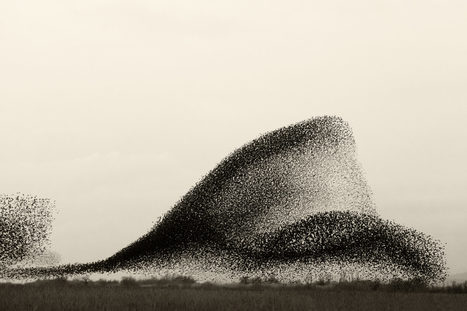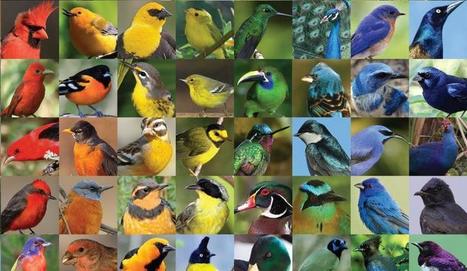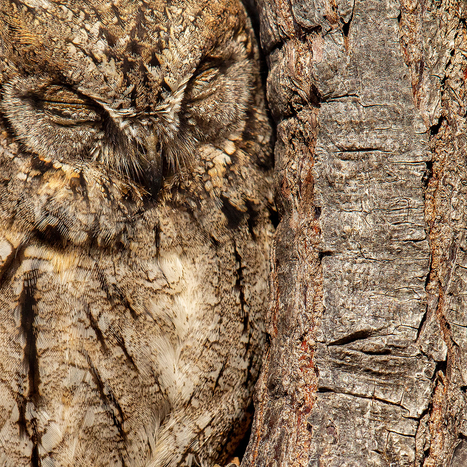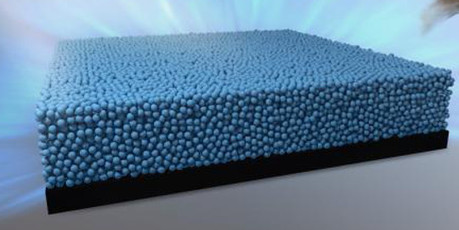Although many animals take flight, they don’t do it in exactly the same way. That’s what Eleanor Lutz’ exceptional animated infographic shows us. She’s taken the flight patterns of 5 different species – egyptian fruit bat, dragonfly, Canada goose, hawk moth and hummingbird – and used Youtube videos to give us a look at how their wings move.
“I found slow-motion videos of five flying species, and mapped out specific points on the wings during one wingbeat. I ended up with 15 frames per wingbeat, and I connected every frame using imaginary curves that went through all of the 15 mapped points.”
Lutz is the first to point out that this isn’t a scientific exercise that draws firm conclusions – it’s more a beautifully artistic pursuit. You’ll definitely want to take a closer look on her blog, and at the other fascinating scientific animations.
Via
Lauren Moss



 Your new post is loading...
Your new post is loading...











